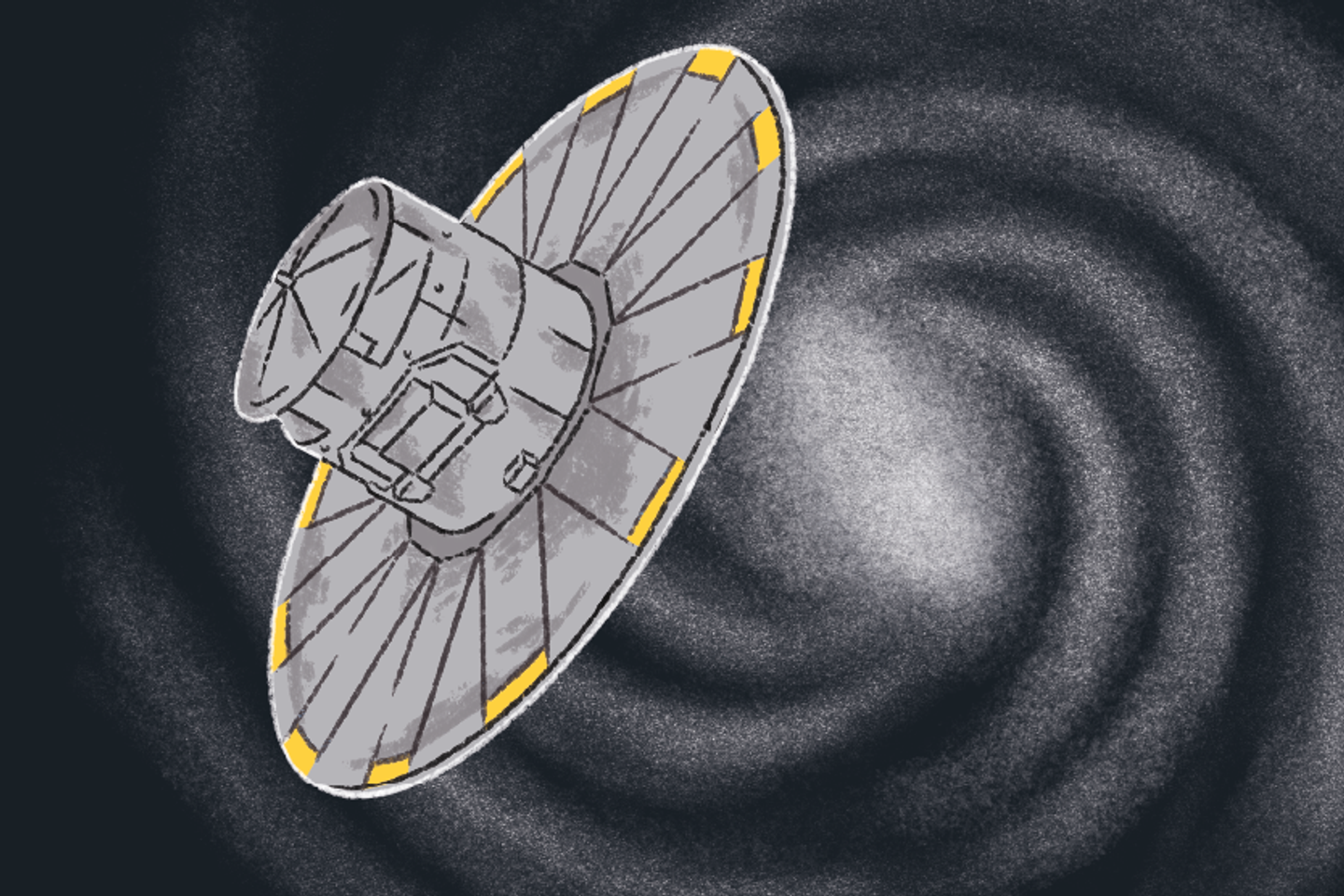


Gaia closed its eyes on January 15, marking the end of its mission. The European Space Agency (ESA) satellite has spent more than a decade carrying out astrometry – in other words, determining the position, distance and motion of some 2 billion celestial light sources, mainly stars – with unrivaled precision.
Equipped with two telescopes, it mapped our Milky Way galaxy as it spun around, adjusting its rounds by releasing a few grams of nitrogen each day. However, the depletion of its gas reserves forced it to retire. Sailing 1.5 million kilometers from the Sun, Gaia will position itself in a stable orbit then, at the end of March, the satellite will be "passivated." Its tanks will be emptied and its electrical systems switched off, to avoid an explosion and the creation of space debris.
According to Johannes Sahlmann, project scientist at the European Space Agency, while data collection is complete, the Gaia mission continues: "We are preparing the next data release, the fourth, for the end of 2026. This catalog will cover the period from July 2014 to early 2020. The final publication, which will bring together the scientific data collected up to January 15, 2025, will take place around 2030." Only then can the mission be considered complete.
Everything that was shining was recorded
The French-German researcher said that "from a scientific point of view, we are still in the early stages of exploiting Gaia's data." And that's already a revolution if you consider the 13,000 or so scientific publications based on measurements taken by the satellite. "The most surprising result of Gaia," said Sahlmann, "is that it has rapidly become a fundamental basis, like a backbone, of modern astronomy. Almost all astronomers use its data on a daily basis. As soon as we start studying a stellar source, we make use of Gaia's results."
Even if the satellite was far from being able to observe all the stars in the Milky Way, what it did see changed our understanding of our galaxy. Our galaxy is not a calm, balanced spiral, spinning gently around itself. The Gaia data shows that the Milky Way is agitated by dynamic processes betraying past interactions, or even collisions, with dwarf galaxies. "The disk of the Milky Way is not flat, it's slightly twisted at the edges, and we think that may be where it's coming from," said Sahlmann.
You have 24.83% of this article left to read. The rest is for subscribers only.
